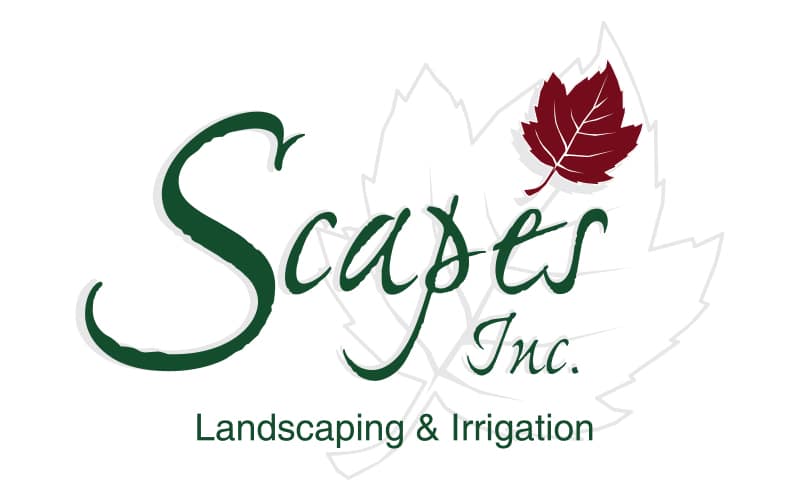FAQs
Keeping your lawn properly maintained and looking pristine, fresh and green can be complicated, with several factors determining the outcome of your landscaping. To assist you with your landscaping projects, check out our selection of landscaping frequently asked questions:
Landscaping takes part in cycles throughout the year. Generally, spring is the best time for prepping and planting flower beds, and beginning hardscaping projects. The summer construction season is when the majority of large landscaping and hardscaping projects are done. Fall is then a great time for planting trees and bushes since temperatures are lower. Hardscaping also continues through the fall until the ground freezes or it begins to snow.
To ensure your project gets done in the desired time frame, start contacting landscaping companies during the winter months. It’s much better to get on their schedule before spring when their season starts than calling in late summer when crews may be booked out to the end of the season.
Modern landscaping refers to the designing, planning, and construction of gardens and other features that both create useable space for outdoor activities, and enhance the appearance around a home.
Landscaping includes hardscaping and softscaping, although many people refer to them softscaping and landscaping interchangeably.
Hardscaping would be the aspect that includes non-organic materials such as stone and woodwork, retaining walls, decks, firepits, and more. Softscaping would then refer to planting designs, creating burms and grading, and mulching. Scapes, Inc. does both landscape and hardscape design in the Acadiana area.
Irrigation systems are not necessary for maintaining the health of your lawn or plants, but can be helpful. Irrigation does much of the hard work that watering entails so that you don’t have to, and it hits the parts of your lawn you might miss.
A hose and sprinkler can be a money-saving alternative, but require you to set timers and manually move the sprinkler around your yard. With either option, though, it’s easy to waste water. Ultimately, you have to decide if an irrigation system is right for you.
Annuals grow for one season, and then die when the weather gets cold. Perennials grow for multiple seasons, and regrow every spring after being in dormancy during the winter.
With a few DIY techniques
- Keep your garden clean.
- Pick up plant debris, remove dying stems or branches, weed the area regularly, and toss the debris in the garbage.
- Fertilize just enough to keep your plants happy – too much fertilizer promotes weak growth which is susceptible to disease.
- Wait to plant until the soil is warmed up. Planting to early will put extra stress on your plants and make them more susceptible to disease in the soil.
- Use mulch to keep weeds at bay and harmful fungi in the soil away.
- Inspect and remove infected stems and leaves.
The basics of watering are simple. Water immediately after planting, let the water soak into the soil, and then water again. During the first week, it’s best to continue frequent watering — either daily or every other day.
Following the first week, you’ll only need to water two to three times per week depending on the weather conditions in your area.
There are many benefits, including:
- Helping the soil retain moisture
- Contributing to soil health as the breakdown of the mulch happens over time
- Blocking the sunlight to pesky weeds, helping to keep them at bay
- Repelling insects, depending on the type of mulch used
- Controlling soil erosion
This is a tough one. The conditions that are good for plant growth are naturally good for weed growth. But, there are steps you can take to prevent weed growth early on, and remove weeds if they do appear.
We recommend using a granular herbicide such as Specticle or Snapshot twice a year.

